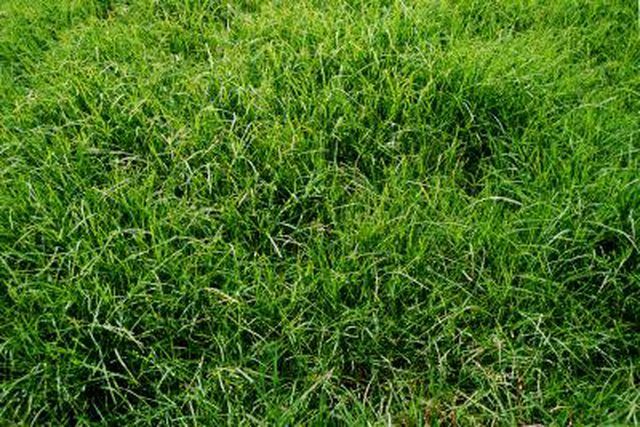Bulbs
Flower Basics
Flower Beds & Specialty Gardens
Flower Garden
Garden Furniture
Garden Gnomes
Garden Seeds
Garden Sheds
Garden Statues
Garden Tools & Supplies
Gardening Basics
Green & Organic
Groundcovers & Vines
Growing Annuals
Growing Basil
Growing Beans
Growing Berries
Growing Blueberries
Growing Cactus
Growing Corn
Growing Cotton
Growing Edibles
Growing Flowers
Growing Garlic
Growing Grapes
Growing Grass
Growing Herbs
Growing Jasmine
Growing Mint
Growing Mushrooms
Orchids
Growing Peanuts
Growing Perennials
Growing Plants
Growing Rosemary
Growing Roses
Growing Strawberries
Growing Sunflowers
Growing Thyme
Growing Tomatoes
Growing Tulips
Growing Vegetables
Herb Basics
Herb Garden
Indoor Growing
Landscaping Basics
Landscaping Patios
Landscaping Plants
Landscaping Shrubs
Landscaping Trees
Landscaping Walks & Pathways
Lawn Basics
Lawn Maintenance
Lawn Mowers
Lawn Ornaments
Lawn Planting
Lawn Tools
Outdoor Growing
Overall Landscape Planning
Pests, Weeds & Problems
Plant Basics
Rock Garden
Rose Garden
Shrubs
Soil
Specialty Gardens
Trees
Vegetable Garden
Yard Maintenance
How to Fertilize Kentucky Bluegrass
How to Fertilize Kentucky Bluegrass. Kentucky bluegrass is one of the most beautiful grass varieties and is used in many upscale commercial properties. Kentucky bluegrass' thick, lush look and feel add elegance to any lawn. One challenge with Kentucky bluegrass is properly fertilizing it throughout the year. While many other grasses only need...

Kentucky bluegrass is one of the most beautiful grass varieties and is used in many upscale commercial properties. Kentucky bluegrass' thick, lush look and feel add elegance to any lawn. One challenge with Kentucky bluegrass is properly fertilizing it throughout the year. While many other grasses only need fertilization once or twice a year, Kentucky bluegrass performs best when fertilized three times a year. To achieve a healthy Kentucky bluegrass lawn, use the right kind of fertilizer in adequate proportions.
Things You'll Need
Fertilizer
Fertilizer spreader
Sprinkler
Hay
Gloves
Glasses/goggles
Choose a Kentucky bluegrass fertilizer that is high in nitrogen. Nitrogen is the first number on a bag of fertilizer, with phosphorous being the second number and potassium the third.
Spread 5 pounds of fertilizer over 1,000 square feet of new Kentucky bluegrass (established for one year or less) with a hand or push spreader. Spread 1 to 2 pounds of fertilizer over 1,000 square feet of Kentucky bluegrass that has been established for more than one year.
Lightly water the fertilizer into the Kentucky bluegrass with a sprinkler. This helps the fertilizer soak into the soil and allows it to penetrate the roots of the grass.
Keep people and pets off the Kentucky bluegrass for at least 24 hours after fertilization. This allows the fertilizer to properly dissolve into the roots.
Tips & Warnings
Fertilize Kentucky bluegrass at least three times a year, with the first application being in September, the second in November and the third in May.
Cover any bare spots in the Kentucky bluegrass with straw after applying the fertilizer to prevent it from washing away.
Do not fertilize on a very windy day or if a heavy rain is expected within 24 hours.
Make only one pass over your Kentucky bluegrass lawn with each fertilization. Too much fertilizer can burn the grass.
Keep the fertilizer out of your flower beds, as it can promote the growth of grass and weeds.
Wear gloves and protective glasses or goggles when applying fertilizer to prevent it from getting on your hands and face.